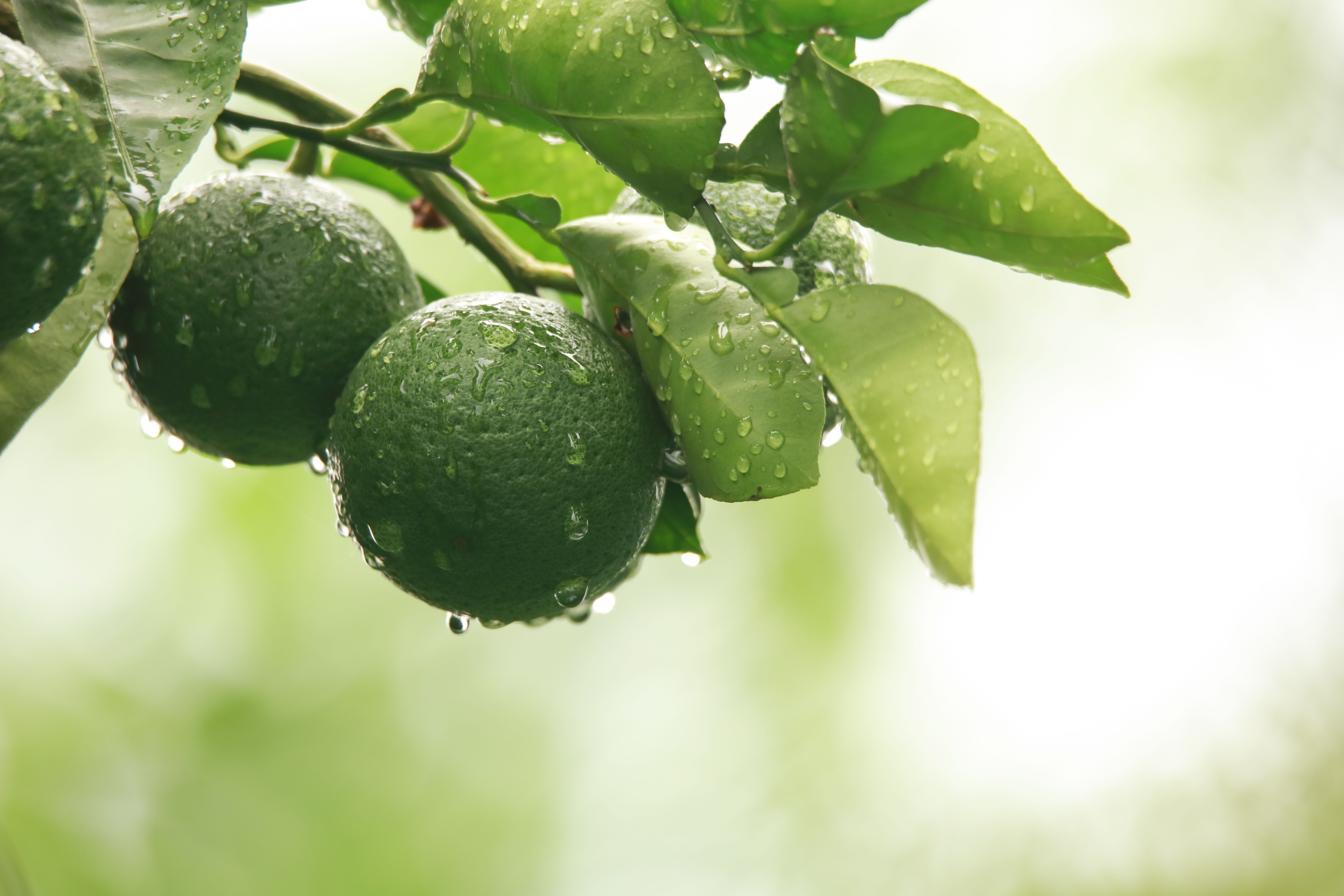Kabosu Juice
Packing: 20 kilo frozen jerry cans.
Description: 100% Japanese Kabosu Citrus juice NFC (not from concentrate), pressed in Japan with the natural essential oil intact.
Background: Kabosu (Citrus sphaerocarpa) is a citrus fruit of the evergreen trees in the Rutaceae family. Popular in Japan, the juice is used in many dishes including cooked fish, sashimi and hot pot dishes.
Kabosu is sour and tangy with a unique flavour that is a combination of lemon, lime and yuzu.
The skin of Kabosu is also edible and delivers a sour citrus flavour. The fruit is a great source of vitamin C, which helps to boost the immune system, reduce inflammation and protect against free radical damage.
The fruit can also provide potassium to balance fluid levels, folate for genetic material and other nutrients that help to cleanse the liver and stabilise blood pressure.
In addition to these vitamins and minerals, the fruit is rich in citric and malic acid and essential oils. Who uses it? Kabosu is a juicy fruit that is closely related to yuzu and its juice has a similar sharpness to lemon that is sometimes used instead of vinegar in Japanese recipes.
In Oita Prefecture, Kabosu juice is often used as flavouring in miso soup, noodles and shochu by squeezing vertically cut quarters with the peel side down to prevent the seeds entering the dish. Furthermore, Kabosu juice can be incorporated into ponzu sauce, infused into marmalades, candies, pastries and ice cream, or used to flavour sparkling beverages and alcoholic drinks.
The fruit pairs well with aromatics such as ginger, garlic, shallots, green tea and herbs including mint, coriander and basil. It also adds a distinct flavour to meats such as poultry, pork or beef, seafood such as scallops, shrimp, crab, and fish, and fruits including pomegranates, raspberries, peaches, cherries, and nectarines.
Attributes of the Kabosu citrus: Kabosu grows on flowering trees that have sharp thorns and harvested when still green. If the fruit is left to ripen it turns yellow.
It can be easily confused with other citrus fruits such as sudachi but its distinguishing feature is that the apex of the fruit (where the pistil has fallen off) is slightly raised.
It is said that Kabosu was brought to Japan from China during the Edo Period. 90% of the fruit is grown in the Oita Prefecture and has been for over 300 years.
Categories
- Dried herbs & spices
- Ingredients
- Drink
- Fizzy drinks
- Juice, cordials & smoothies
- Mixers & adult soft drinks
- Sports & energy drinks
- NPD services
- Consulting
- Formulation






.png)




.png)
---Edited-(2).png)






-(1200-×-630px).png)



.png)

.png)


.png)






.png)
.png)
.png)
